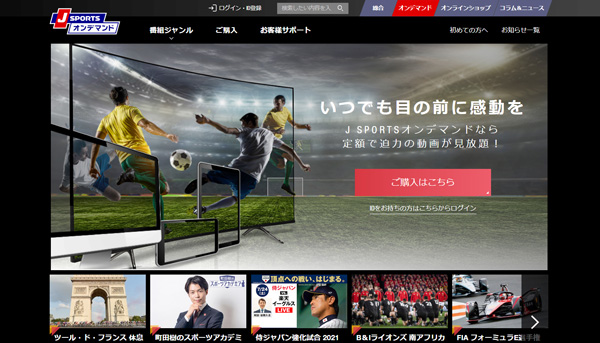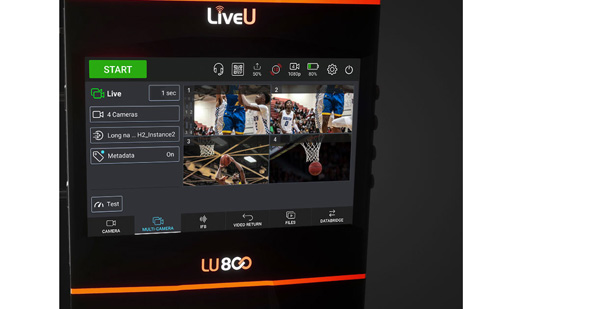
For the first time, Japanese sports broadcaster J SPORTS has made its live OTT service, J SPORTS On Demand, available for all of Yokohama DeNA BayStars’ more than 70 baseball home games for the 2021 season. J Sports initially planned to use only the clean broadcast feed, adding commentary and graphics. However, working with their production partner Express, expanding the amount of content and increasing viewer engagement became a priority. Moving to remote production was another long-held ambition of Express and J SPORTS.
Kanji Kato, Technical Director, Express, said, “We really wanted to transmit multiple camera signals via mobile networks. The streams had to be extremely reliable. We were planning to send multiple camera feeds via Ethernet but demonstrations from LiveU proved to us that our original ambition was completely possible. They showed us the potential of remote production, with reliable tally light and additional audio functionality via the multi-camera LU800, facilitating bi-directional communications between the field staff and control room.”

J Sports On Demand
The LU800 is LiveU’s production-level field unit, designed for live news and dynamic sports coverage. Multi-camera production and video and audio capabilities are combined with transmission in a native 5G unit. The on-air clean feed, switched between multiple cameras, is sent from an OB unit at the grounds via an LU800 along with two further feeds – a wide shot of the ground and the score board.
Up to four high resolution frame-synced feeds can be sent from a single unit to a remote production centre – physical or cloud-based. To achieve reliability and resiliency, the device carries out IP bonding of up to 14 connections – cellular, LAN and WiFi – with up to eight 4G/5G internal dual SIM modems, supported by efficient internal antennas. Redundancy and cost savings can be achieved using least cost bonding, automatically prioritising different IP connections under changing network conditions.
Commentary for J Sports’ service is then added remotely at their studio, while graphics and audio mixing is handled by Express at its Tokyo studio, called Avenir-Hub. Finally, a video return feed with graphics is sent back to the commentors so that they can see the ball, strike and out counts and can check the slow-motion effects.

Yojiro Tomihisa, Technical Manager, J SPORTS, said, “One of the main advantages of remote production is that we don’t have to send a big production crew to the site, and the same applies to equipment. This is all done using IP connections, which was crucial for us. We are looking forward to deploying this reliable LiveU approach on other productions and eventually increasing their complexity.”
Kanji Kato said, “The LU800 and its multi-camera capabilities changed the way we looked at such live events and accelerated our move to remote production. Before we deployed this remote production system, we had to manage and arrange schedules for our crew, including travel time. That greatly reduced the time available to both our production crew and management team. LiveU’s remote production system makes projects much easier and gives us a chance to produce better, content.” www.liveu.tv





